Conquer Kanji: 5 Essential Strategies for Beginners to Read Japanese Characters

Kanji, which literally translates to "Han characters" or "Chinese characters," originated from China and found its way to Japan in the 5th century via the Korean peninsula. Kanji is one of the three main scripts used in Japanese writing, alongside hiragana and katakana. Each kanji character is an ideogram, meaning it represents both a sound and an idea or concept. This unique feature allows each kanji to hold a specific meaning, which is invaluable in denoting nouns, names, and often verbs and adjectives Japan Guide.
Difference Between Kanji, Hiragana, and Katakana
To grasp the uniqueness of kanji, it's essential to understand its companions in the Japanese writing system: hiragana and katakana.
-
Hiragana: This script consists of 46 characters and is phonetic. It's mainly used for native Japanese words and grammatical functions. Although straightforward, writing an entire sentence using only hiragana can become lengthy and ambiguous because of homophones Lets Learn Japanese.
-
Katakana: Also comprising 46 characters, katakana is another phonetic script but is used primarily for foreign loan words, technical terms, and onomatopoeia. For instance, "television" becomes テレビ ("terebi") in katakana Japanese Explorer.
-
Kanji: Unlike the previous two, kanji characters often symbolize entire concepts rather than specific sounds. This ideographic nature makes kanji highly efficient for conveying complex ideas in a compact form. Since kanji is responsible for denoting the meaning, it often shortens sentences and resolves ambiguities inherent in phonetic scripts Duolingo.
Benefits of Learning Kanji for Reading Japanese
Mastering kanji offers several key benefits that can enhance one's Japanese language proficiency:
-
Clarity and Precision: Japanese is packed with homophones, and kanji helps to clearly distinguish between words that sound identical but have different meanings. For instance, the word "kawa" can refer to a river (川) or leather (革), with the kanji clarifying the context Jobs In Japan.
-
Elaborate Reading Material: From emails to literature, street signs, and restaurant menus, kanji is ubiquitous in Japanese text. Understanding kanji is essential to navigate everyday encounters in Japan Hirakan.
-
Cultural Insight: Kanji is deeply tied to Japanese culture and literature. By learning kanji, you open gateways to appreciating historical texts, poems, and philosophy. Such exposure enriches your understanding of the Japanese mindset and cultural nuances Learn Japanese BFF Tokyo.
-
Cognitive Benefits: Learning kanji is like a workout for your brain. It boosts memory, concentration, and problem-solving skills. By engaging with complex characters, your brain's functionality improves, giving you better mental agility Kanshudo.
Kanji might seem daunting at first glance with its intricate strokes and sheer number of characters to learn. However, by methodically breaking down your study approach, you can master this fascinating script. With kanji under your belt, you’ll find not just your Japanese reading but also your understanding of Japanese culture growing richer and more nuanced. Let's dive into the strategies to make this journey easier and more structured.
Strategy 1: Master the Radicals
When diving into the world of kanji, one of the best strategies to implement is mastering radicals. Radicals are the fundamental components or building blocks of kanji characters.
Think of them as the letters that make up words in English. There are 214 historical radicals derived from the 18th-century Kangxi dictionary, and they serve as essential pieces of each kanji character Kanji Alive.
Each radical carries a specific meaning that often influences the overall meaning of the kanji it is part of. For example, the radical 日 (sun) suggests something related to time or light, and is found in kanji like 明 (bright) and 昨 (yesterday).
Why should you learn radicals? It’s simple: radicals make kanji far less intimidating. Without this foundational knowledge, kanji can appear as intricate, disparate drawings. However, knowing radicals gives you the ability to break down complex kanji into simpler, understandable parts. This simplifies memorization and makes guessing the meaning of unknown kanji more feasible.
How Radicals Can Help in Guessing Kanji Meanings
One of the magical aspects of radicals is their consistency in meanings and implications across different kanji. Knowing the radical often allows you to make educated guesses about a kanji's meaning.
For instance, consider the radical 氵 (water). Kanji containing this radical are usually related to liquids or water. Examples include 海 (sea), 河 (river), and 酒 (alcohol). By recognizing this pattern, you can infer that kanji with the 氵 radical will generally connect to water or fluids in some capacity.
Similarly, the radical 火 (fire) appears in kanji associated with heat or fire, such as 煙 (smoke) and 燃 (burn). If you come across a new kanji with the 火 radical, you can reasonably guess that it has something to do with fire or heat.
Tips for Learning and Memorizing Common Radicals
Mastering radicals doesn't have to be overwhelming. Here are some effective tips to help you along your journey:
-
Start with the Basics: There are around 51 commonly used radicals that frequently appear in basic kanji. Begin by focusing on these, which will provide a strong foundation for understanding more complex characters later. Check out this list of important radicals from Wasabi Japanese Lessons.
-
Use Mnemonics: Creating mnemonic devices or little stories for radicals can make them easier to remember. For example, if you’re trying to remember the radical 木 (tree), picture a Christmas tree adorned with decorations. This visual association reinforces the radical in your memory.
-
Regular Practice: Consistent exposure and practice are key to retention. Write out radicals, use flashcards, or employ learning apps like WaniKani which use radicals in their mnemonic system.
-
Contextual Learning: Study kanji within the context of words or sentences. This way, you not only learn the radicals but also see how they function within full kanji and vocabulary.
-
Check for Patterns: As you learn new kanji, always identify and recognize the radicals within them. This repetitive identification reinforces what you've learned and solidifies connections between different kanji that share the same radicals.
Mastering radicals provides a solid foundation for learning kanji, not only simplifying the learning process but also giving you a set of tools to decode and understand new kanji as you encounter them. With radicals under your belt, kanji won’t seem like an insurmountable monolith. Instead, they'll be manageable building blocks you can tackle confidently one step at a time.
Strategy 2: Learn Kanji in Context
Mastering kanji by diving straight into lists of characters and their meanings might seem efficient. However, this approach often leads to rote memorization without deep understanding. Learning kanji in context—by using them within vocabulary and sentences—offers a more effective and natural way to grasp their meanings and uses.
When you encounter kanji within the flow of real sentences, you see how they function in the broader tapestry of the language. This contextual learning is vital because it allows you to understand the nuances of each character. For instance, the kanji for "tree" (木) might seem simple, but seeing it in words like 林 (hayashi) meaning "forest" and 木材 (mokuzai) meaning "lumber" helps you appreciate its flexibility and varied readings.
Additionally, learning kanji in context helps you appreciate how kanji are building blocks of meaningful words and sentences. This method ensures you're not just memorizing isolated symbols but are understanding how they bring richness to communication.
Using Context Clues to Understand Kanji Meanings
When encountering new kanji, context clues can be your best friend. These clues often come from the surrounding text and can help you infer the meaning of unfamiliar kanji characters and words. For example, if you stumble upon the word 飛行機 (hikouki), you might notice the kanji 飛 (hi) meaning "to fly," and 機 (ki) often related to machinery, giving you a hint that it's something related to flying—an airplane.
Context clues can take various forms:
-
Synonyms - Recognizing a word with similar meaning in the same text.
-
Antonyms - Understanding an unknown word through its opposite.
-
Definitions - Direct explanations provided within the text.
-
Examples - Instances that illustrate the meaning of the word.
By constantly engaging with kanji in written passages, you start to develop these inference skills naturally. It's akin to piecing together a puzzle: the more pieces (context) you have, the clearer the picture (meaning of the kanji) becomes.
Recommended Resources for Learning Kanji in Context
Several resources can aid you in mastering kanji through contextual learning. Here are a few recommended tools:
-
Textbooks like "Remembering The Kanji" and "Kodansha Kanji Learner's Course" offer structured lessons that integrate kanji into vocabulary and sentences, making them easier to comprehend and remember.
-
Online Platforms such as WaniKani and KanjiDamage provide digital flashcards and spaced repetition systems (SRS) that reinforce context-based kanji learning.
-
Reading Materials - Regularly reading Japanese content like children's books, manga, and simple articles can immerse you in kanji-rich environments, enhancing your contextual understanding.
-
Flashcard Apps like Anki allow you to create custom decks that include sentences and phrases using the kanji you are learning, thereby reinforcing their meanings and usages in a practical context.
-
Language Classes and Tutors - Engaging with teachers who can provide context-based kanji exercises, promoting a more interactive learning experience.
By integrating these resources into your study routine, you'll not only learn individual kanji characters but also understand their real-life applications. This comprehensive approach to learning will make the kanji stick far better than isolated memorization ever could.
As we move forward in your kanji learning journey, remember that practical, hands-on practice will turn daunting characters into familiar friends. Let’s explore how mastering the proper stroke order can play a crucial role in this process.
Strategy 3: Practice Stroke Order
So, you've nailed down the importance of learning kanji through radicals and context. Now, let's dive into the next crucial step: practicing stroke order. Correct stroke order isn't just a traditional quirk of the Japanese writing system; it's key to writing legibly, memorizing kanji, and avoiding common pitfalls.
Importance of Correct Stroke Order in Writing Kanji
You might wonder why stroke order is such a big deal. The sequence in which you draw each line of a kanji character follows a logical pattern that promotes writing speed, accuracy, and readability. As kanji can get more complex, having a methodic approach to writing helps maintain their structure and meaning. Writing with the wrong stroke order can transform a character into something unintelligible or change its meaning altogether.
Think of it as drawing a human face. If you start with the nostrils, move to the eyebrows, and then outline the head, it’ll likely look odd. Similarly, kanji like 風 ("wind") or 看 ("watch") are easier to manage when you follow the correct sequence. According to Ycombinator, trying to 'draw' these kanji without proper stroke order would feel just like attempting to sketch a face in a jumbled sequence—confusing and imprecise.
How Practicing Stroke Order Aids in Memorization
Writing kanji using the correct stroke order also ensures that you’re not just memorizing how a character looks, but how it's constructed. This can be especially helpful for remembering more complex kanji. According to Koipun, practicing the correct stroke order can help systematize how you think about and write kanji, making it easier to recall them later.
Moreover, handwriting recognition software, like those used in language learning apps, often relies on correct stroke order. If you write kanji in the proper sequence, these applications are more likely to recognize and provide accurate feedback on your writing.
Tips and Tools for Learning Proper Stroke Order
Getting the hang of stroke order might seem daunting, but with the right resources and tips, you'll find it simpler than you think. Here are some effective methods and tools to get you started:
Follow General Rules
There are a few general rules to remember that apply to nearly all kanji:
-
Top to Bottom: Most kanji are written top to bottom.
-
Left to Right: Elements within a kanji are often written left to right.
-
Horizontal Before Vertical: Horizontal strokes typically precede vertical ones.
Use Digital Tools
Several apps can assist you in mastering stroke order:
-
Kanji Study App: This Android app provides practice quizzes and feedback on your stroke order.
-
Anki Flashcards: Use AnkiDroid with built-in kanji stroke animations to drill the correct order.
Practice with Workbooks
For tactile learners, old-school methods like kanji practice books can be extremely beneficial. They often come with stroke-by-stroke guides to ensure you're on the right track.
Online Resources
Online platforms like Tofugu offer detailed stroke order rules and examples, making it easier to internalize these practices.
Wrapping Up
So there you have it—by mastering stroke order, you'll not only write kanji more legibly but also improve your ability to memorize and recall these characters. This practice forms a solid foundation that will support your continued learning of kanji, enabling you to read and write Japanese with confidence.
Remember, each line and each stroke you practice brings you one step closer to becoming proficient in kanji. Keep practicing, and soon it will become second nature.
Strategy 4: Utilize Mnemonic Techniques
Mnemonics are powerful tools for learning kanji through imagination and association. Essentially, these techniques help you create mental shortcuts to recall the shape and meaning of each character.
Instead of rote memorization, you use vivid stories, images, or even funny scenarios that tie back to the kanji. This method taps into your brain's natural ability to remember narratives and images more effectively than abstract symbols.
Creating Stories or Visual Associations to Remember Kanji
One effective mnemonic technique is to break down a complex kanji into simpler parts, or radicals, and then weave a story around them. For instance, the kanji for "town" (町) can be visually dissected into the radicals for "rice paddy" (田) and "street" (丁). A possible story might be: “Imagine a town where rice paddies (田) are connected by streets (丁).” This visual and narrative connection makes the kanji much easier to recall.
Similarly, for a more complex kanji like "electricity" (電), which dissects into "rain" (雨), "rice paddy" (田), and "umbrella" (乚), you could create a story like: “Standing in a rain-soaked rice paddy with an umbrella, you think about electricity.” The more creative and personal the story, the better it will stick in your memory.
Another example is the kanji for "thanks" (礼), composed of "spirit" (ネ) and "umbrella" (乚). The story could be: “You give a spirit an umbrella as a token of thanks for protecting you from the rain.”
Recommended Mnemonic Systems and Resources
There are several well-regarded mnemonic systems to help you get started:
-
Heisig’s Remembering the Kanji (RTK):
-
This method involves assigning each kanji a unique keyword and building stories around this keyword. Heisig's system emphasizes the importance of learning kanji meanings before readings.
-
-
WaniKani:
-
WaniKani uses a combination of radicals, mnemonics, and spaced repetition to help students learn over 2,000 kanji efficiently. It breaks down complex kanji into easier-to-remember components linked by stories, making it engaging and effective.
-
-
Kanji Damage:
-
This website provides humorous, sometimes irreverent mnemonics to help remember kanji. It often uses edgy and memorable stories to ensure that the kanji sticks in your brain.
-
-
The Kodansha Kanji Learner's Course (KLC):
-
KLC offers a structured approach to learning kanji with mnemonic aids for each character. It's highly recommended for its comprehensive and systematic method of teaching kanji.
-
These resources streamline your learning process by providing pre-made mnemonics, so you don't have to create stories from scratch.
Conclusion
Implementing mnemonic techniques in your kanji study can dramatically boost your learning speed and retention. By creating vivid stories or visuals that break down each character into understandable parts, you make the intricate kanji more approachable and easier to remember.
Regular practice with these mnemonic systems will help you build a robust foundation in kanji, making your journey through Japanese writing much smoother and more enjoyable.
Now that we've covered the essentials of mnemonic techniques, let's pivot towards maintaining consistent practice and review, which is vital for long-term retention.
Strategy 5: Consistent Practice and Review
Kanji mastery requires more than just initial learning; it necessitates consistent practice and review to retain knowledge effectively. The repetition of kanji study helps to solidify what you've learned and prepares you for reading and writing in real-world scenarios. This chapter dives deep into why regular study is crucial, effective review methods, and how to set up a study schedule that works for you.
Importance of Regular Study and Review in Kanji Mastery
Regular study and review are paramount to mastering kanji. The Japanese language incorporates around 2,000 commonly used kanji characters, and maintaining a consistent study routine makes this vast amount more manageable. Daily practice reinforces memory, making it easier to recall characters when needed.
According to Koipun, "writing the kanji using the correct stroke order while reviewing is essential" for solidifying your knowledge. Regular engagement with kanji, whether through writing, reading, or digital practice, ensures the characters become a natural part of your long-term memory.
Effective Methods for Reviewing Learned Kanji
Utilizing a variety of review methods can help keep your study sessions engaging and productive. Here are some highly recommended techniques:
-
Flashcards: Tools like Anki flashcards are excellent for spaced repetition learning. Spaced repetition involves increasing the intervals of review over time, which aids in long-term retention. Incorporating images and example sentences on these cards can also deepen your understanding.
-
Writing Practice: Practicing the correct stroke order is not just about aesthetics; it reinforces memory through muscle repetition. Writing kanji by hand, even in small volumes regularly, strengthens recognition and recall.
-
Kanji Apps and Online Tools: Applications like WaniKani streamlines the learning process with a guided system of radicals and mnemonics. Similarly, Kansasudo provides a structured approach for kanji study with added features like quizzes and flashcards.
-
Reading Real-Life Materials: Engage with newspapers, manga, novels, or blogs that use kanji. This real-world exposure helps you see how kanji are used contextually, making it easier to remember their meanings and pronunciations. FluentU suggests reading materials that interest you to keep motivation high.
-
Daily Kanji Emails: Subscribing to services that send you daily kanji can ensure a small but steady amount of learning each day. This continual exposure is very effective for retention.
Recommended Study Schedules and Review Techniques
A well-designed study schedule is essential for consistent practice. Here’s a recommended approach:
-
Daily Practice: Aim for at least 30 minutes each day. This can include reviewing flashcards, writing practice, and engaging with kanji through reading or listening exercises. According to Hirakan, dedicating an hour a day can significantly accelerate your learning.
-
Spaced Repetition: Incorporate spaced repetition techniques using tools like Anki. The idea is to review kanji just before you are likely to forget them, systematically increasing intervals between reviews.
-
Weekly Reviews: At the end of each week, spend extra time reviewing what you’ve learned. This could be an intensive session going over difficult kanji or a holistic review of all the characters learned that week.
-
Monthly Assessments: Conduct a more comprehensive review at the end of each month. Test yourself on all kanji learned, identify weak areas, and plan to revisit them more frequently in the coming weeks.
Effective kanji learning is about habitual practice and intelligent review. By maintaining a consistent study schedule, using diverse review techniques, and continuously engaging with new material, you set yourself up for success in mastering the intricate world of kanji.
In progressing through your kanji studies, it’s essential to remember that every small step contributes to a larger goal. Continue to be patient and persistent, and the rewards of your consistent efforts will become increasingly evident.
Conclusion
Learning Japanese kanji can seem like a daunting task for beginners, but with the right strategies and tools, the journey can be both effective and enjoyable. The key to mastering kanji lies in understanding the importance of proper stroke order, utilizing mnemonic techniques, and maintaining consistent practice and review.
Firstly, adhering to the correct stroke order is crucial not only for writing neatly but also for aiding memorization and allowing handwriting recognition software to function accurately. Familiarize yourself with the general rules, such as top-to-bottom and left-to-right stroke sequences, leveraging digital tools and practice workbooks to guide you.
Secondly, mnemonic techniques offer a powerful method to internalize kanji meanings through imaginative stories and visual associations. Breaking down each character into radicals and weaving narratives around these components can significantly enhance recall. Resources like Heisig’s "Remembering the Kanji," WaniKani, and Kanji Damage provide structured mnemonic systems that simplify this process.
Finally, consistent practice and review are non-negotiable for long-term retention. Using flashcards, writing exercises, kanji apps, real-life reading materials, and daily kanji emails helps to reinforce learning. Developing a balanced study schedule that includes daily practice, weekly reviews, and monthly assessments ensures continual progress.
In conclusion, while kanji might appear intricate and overwhelming initially, a methodical approach encompassing correct stroke order, mnemonic aids, and consistent review can make the learning process manageable and even pleasurable. Stay patient, practice regularly, and celebrate each milestone on your path to becoming proficient in kanji.










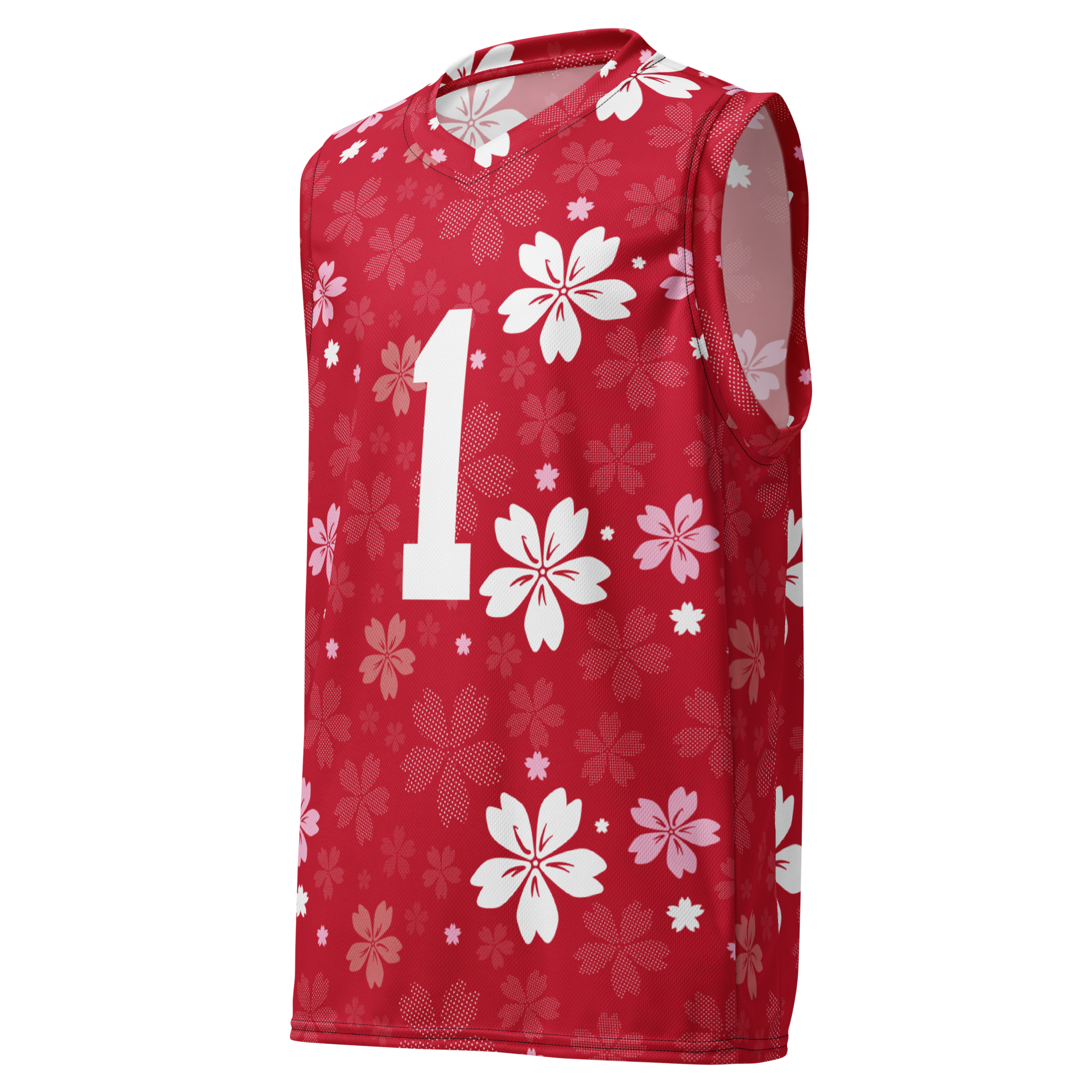
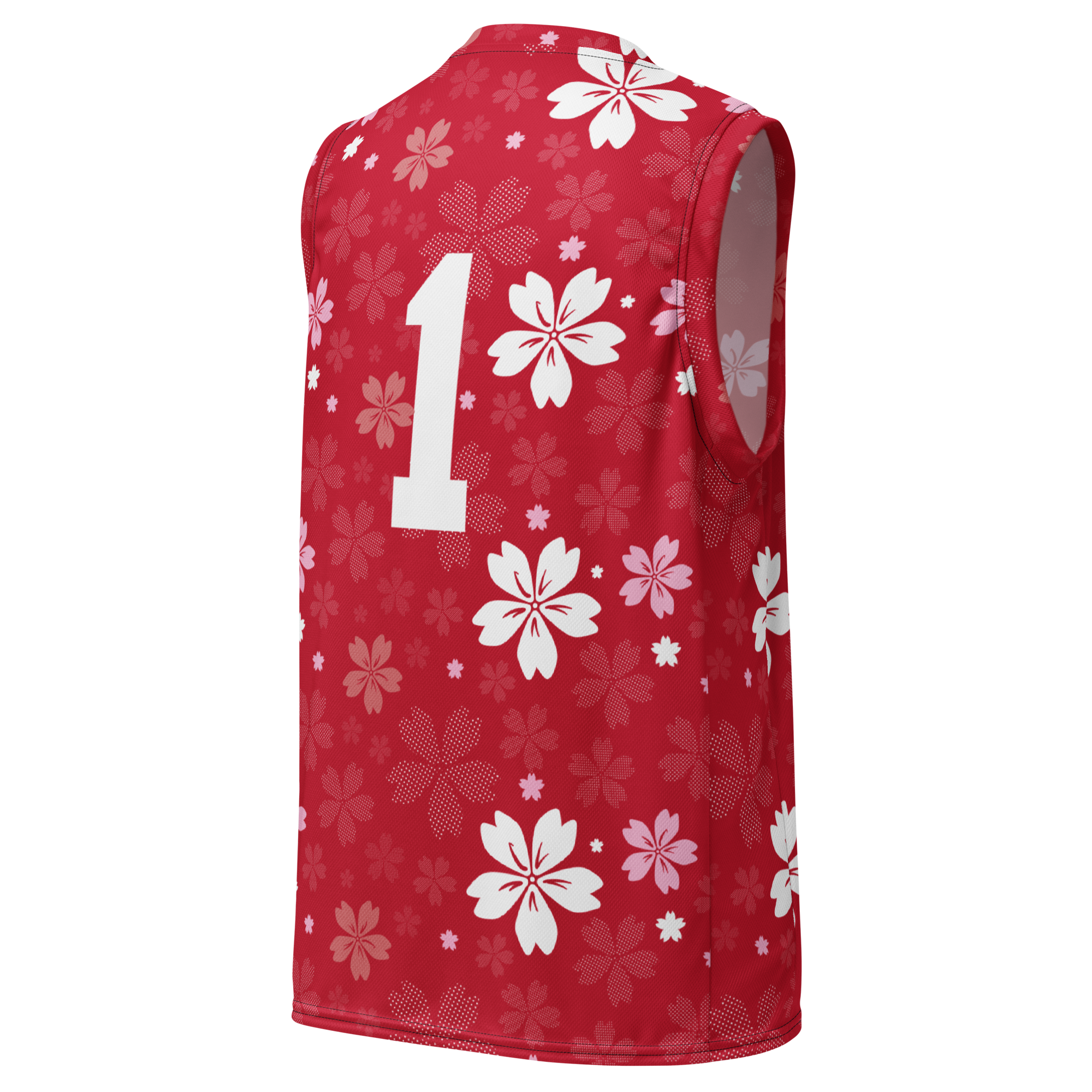

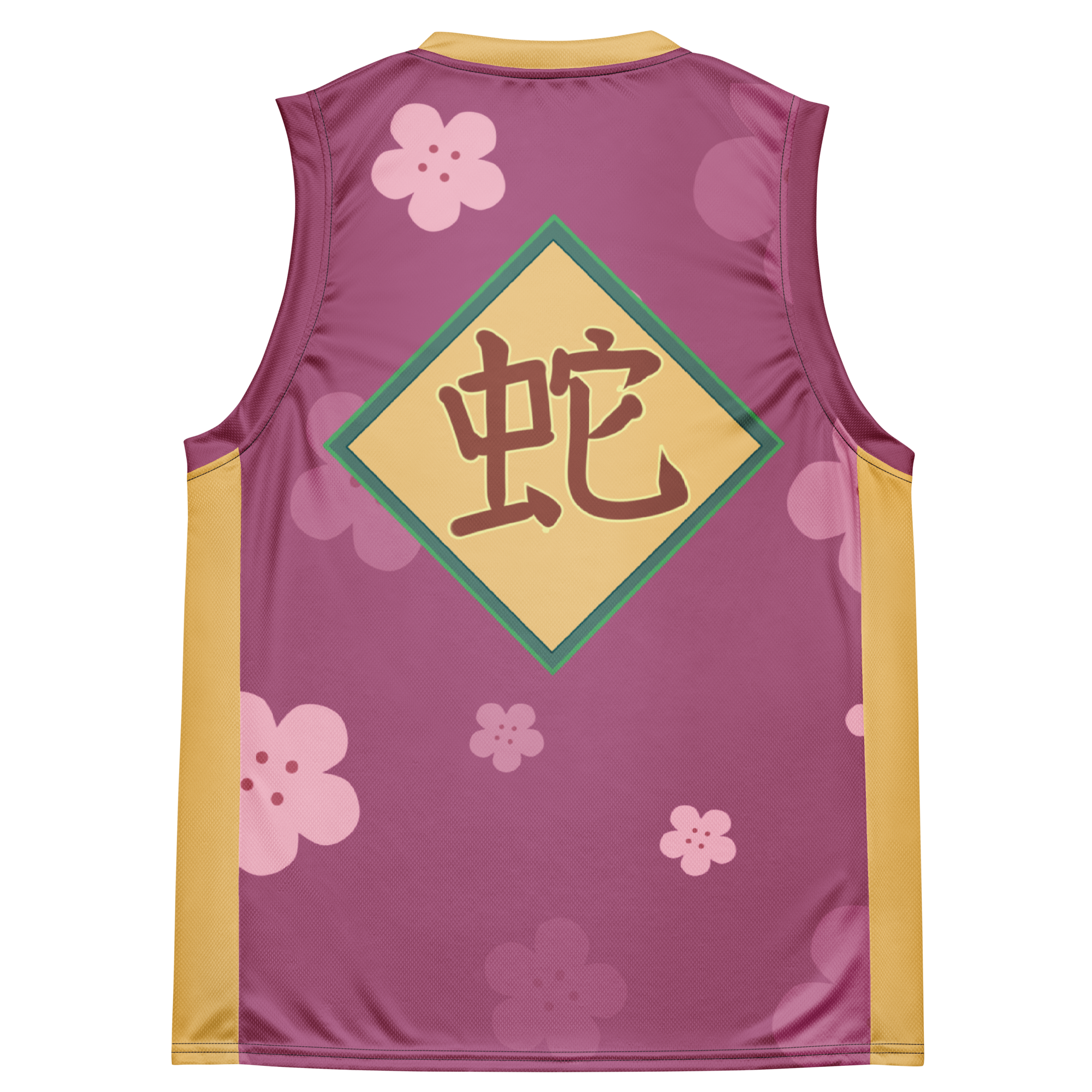
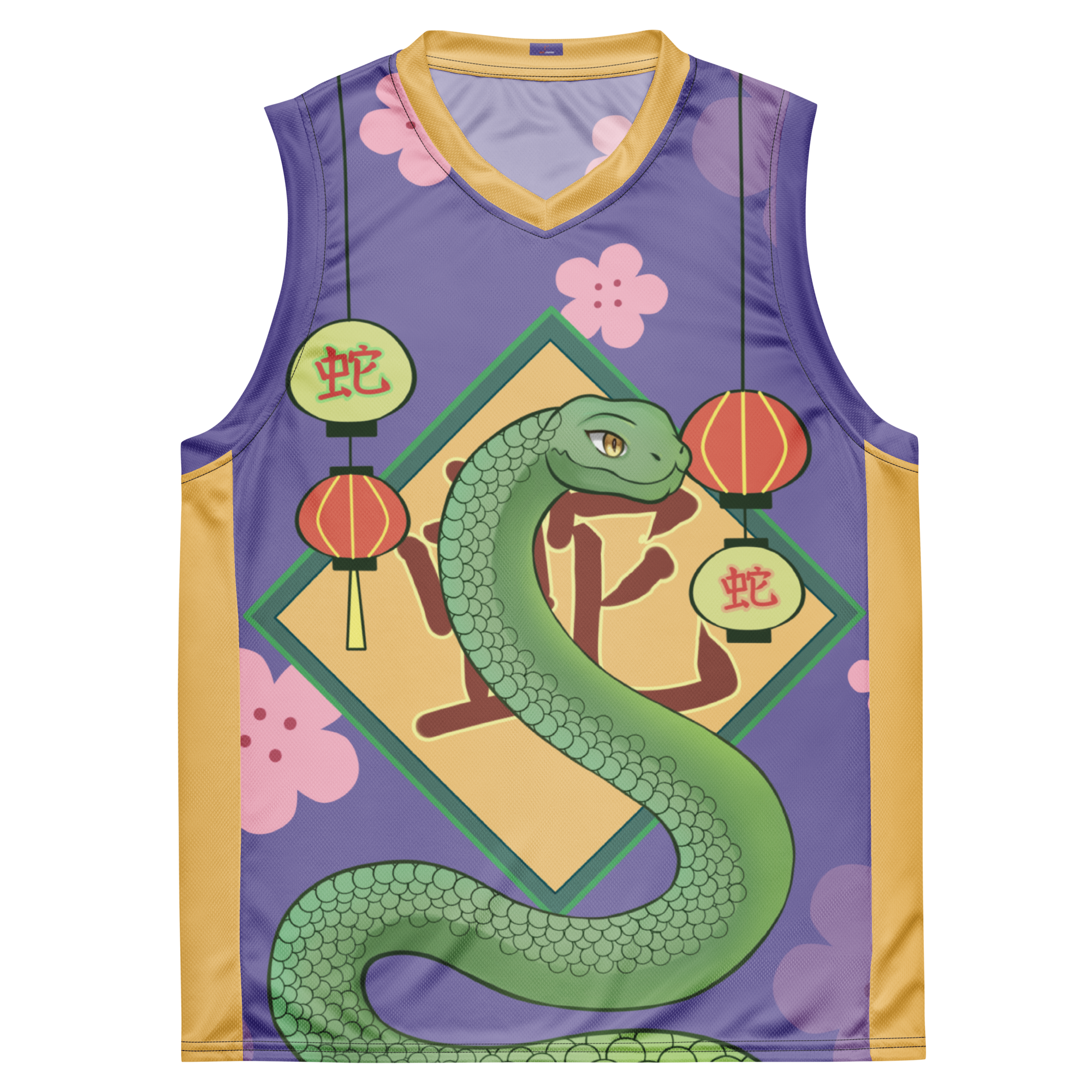
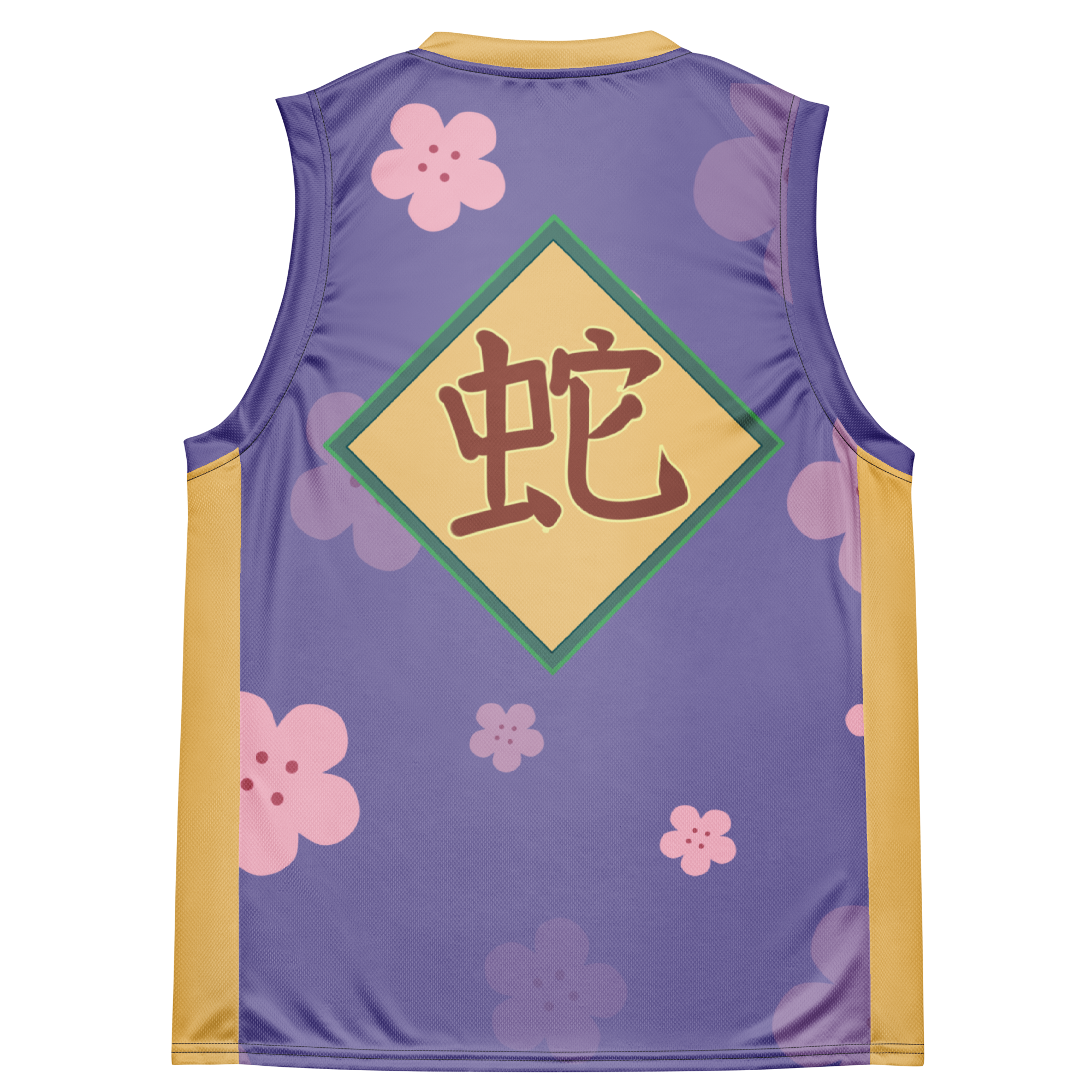
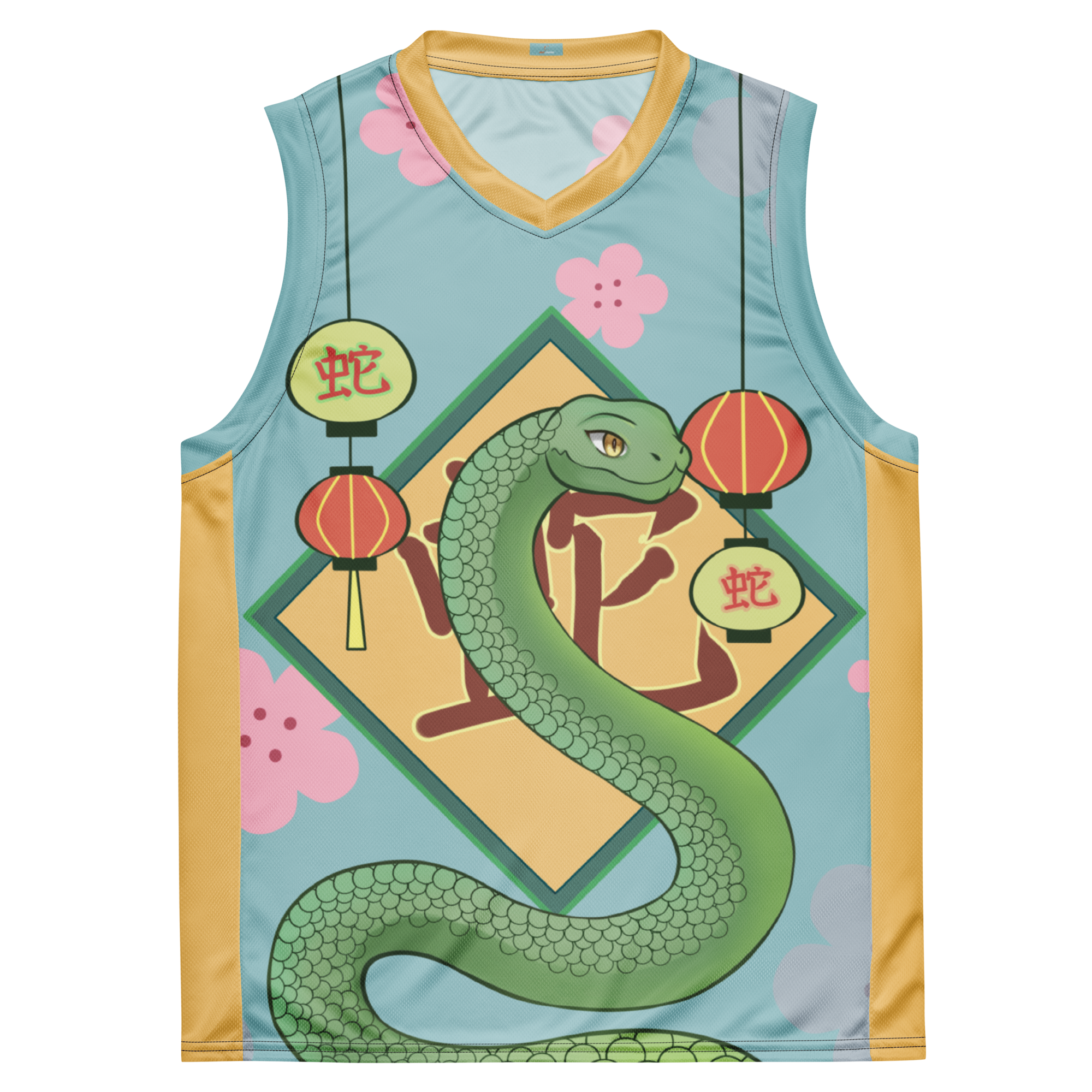
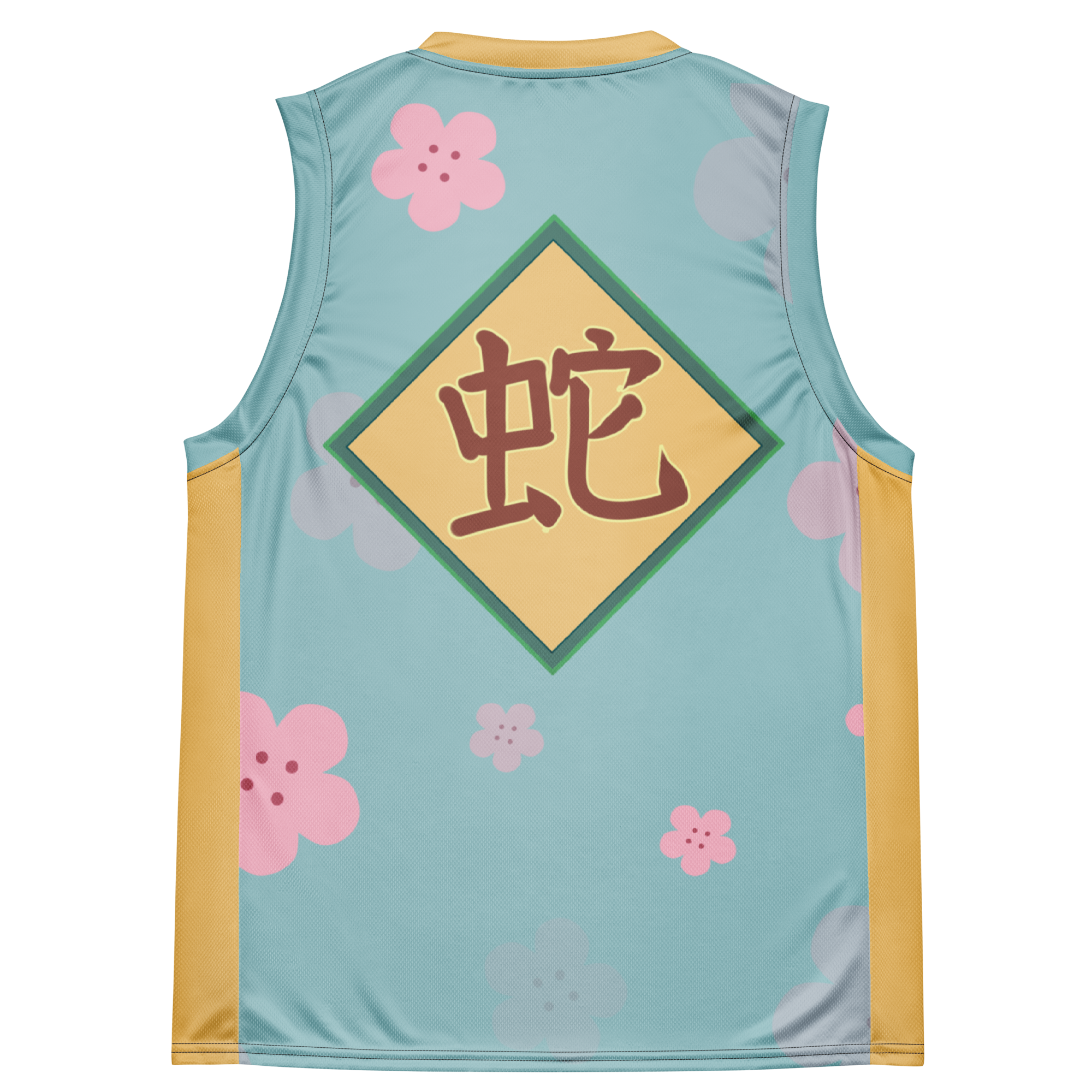


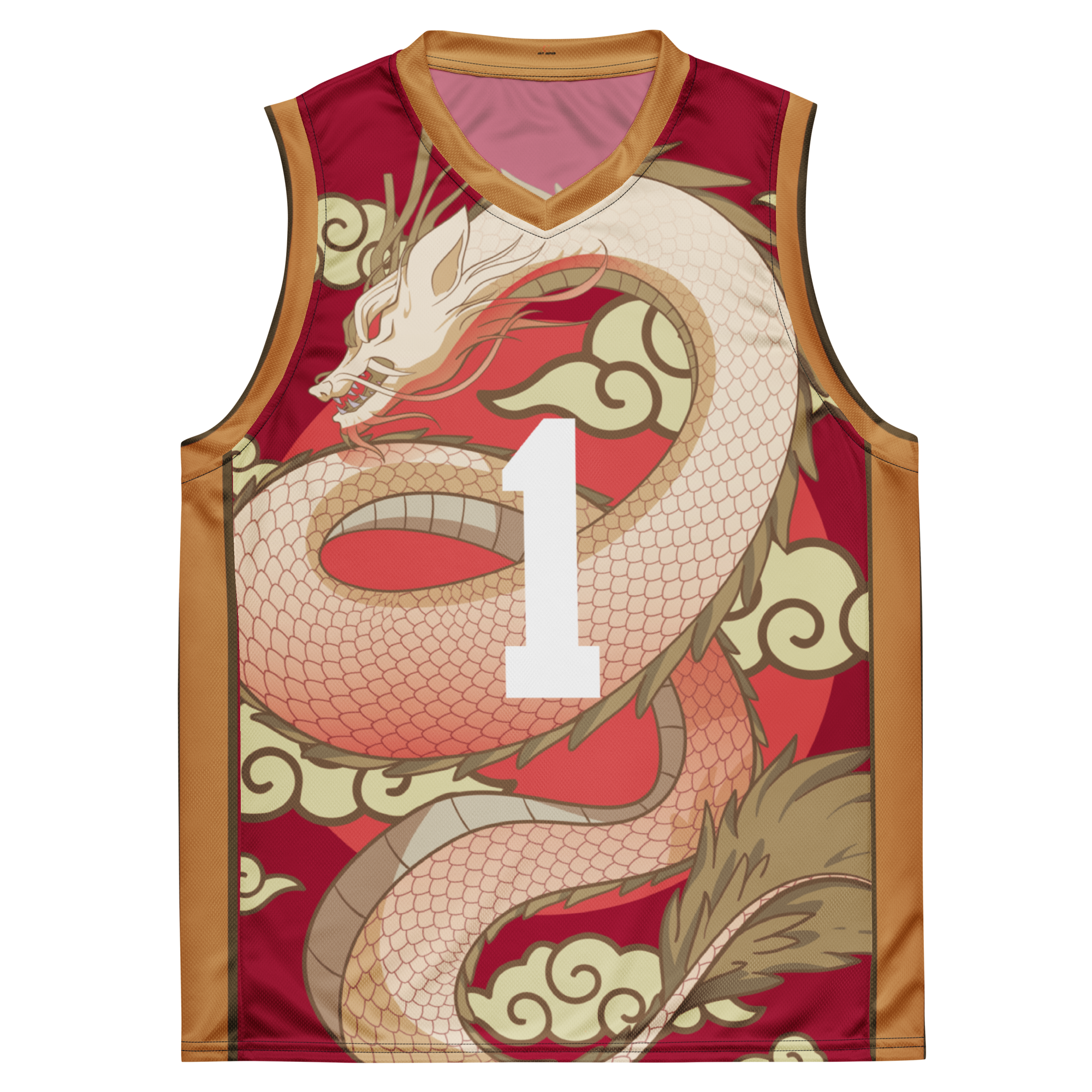
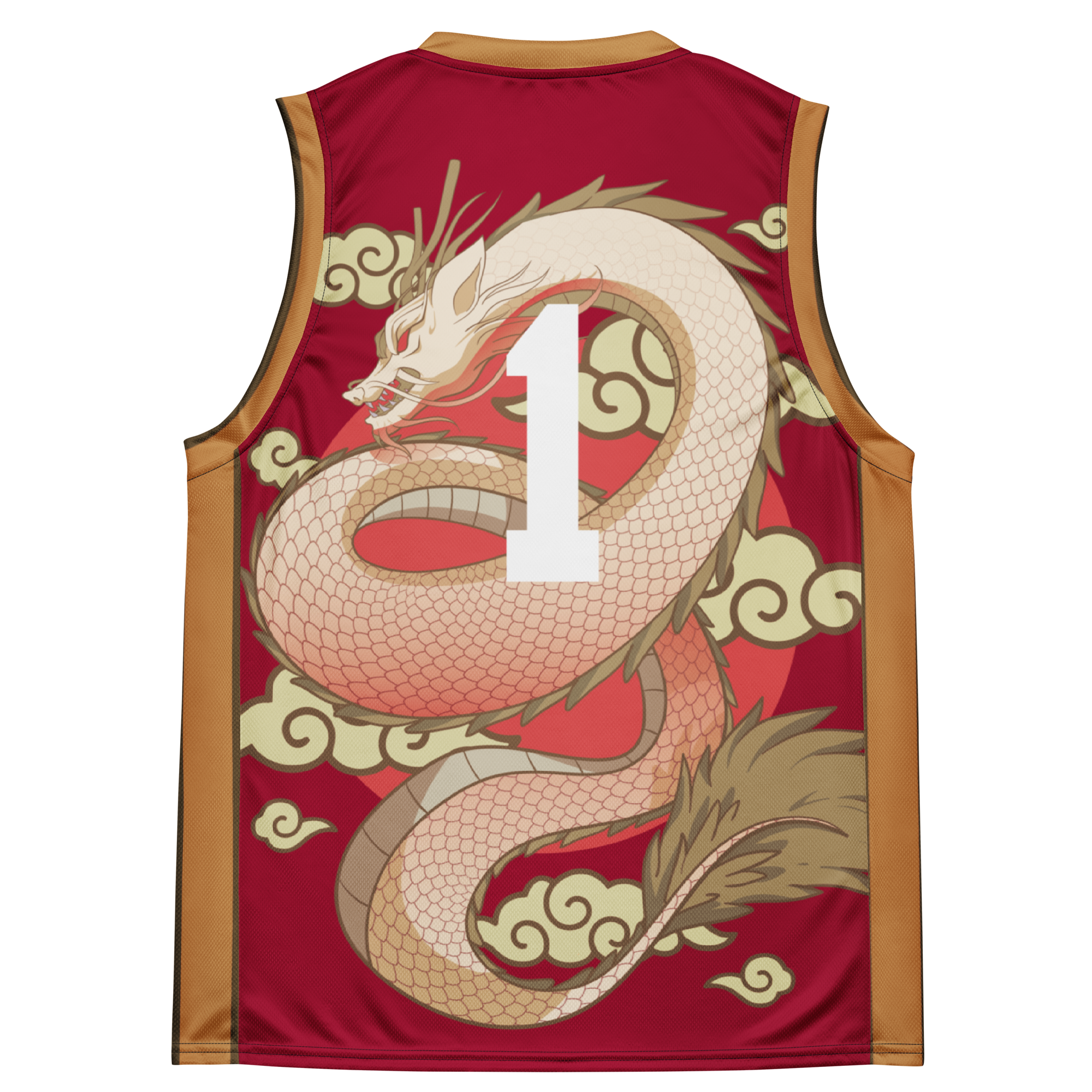







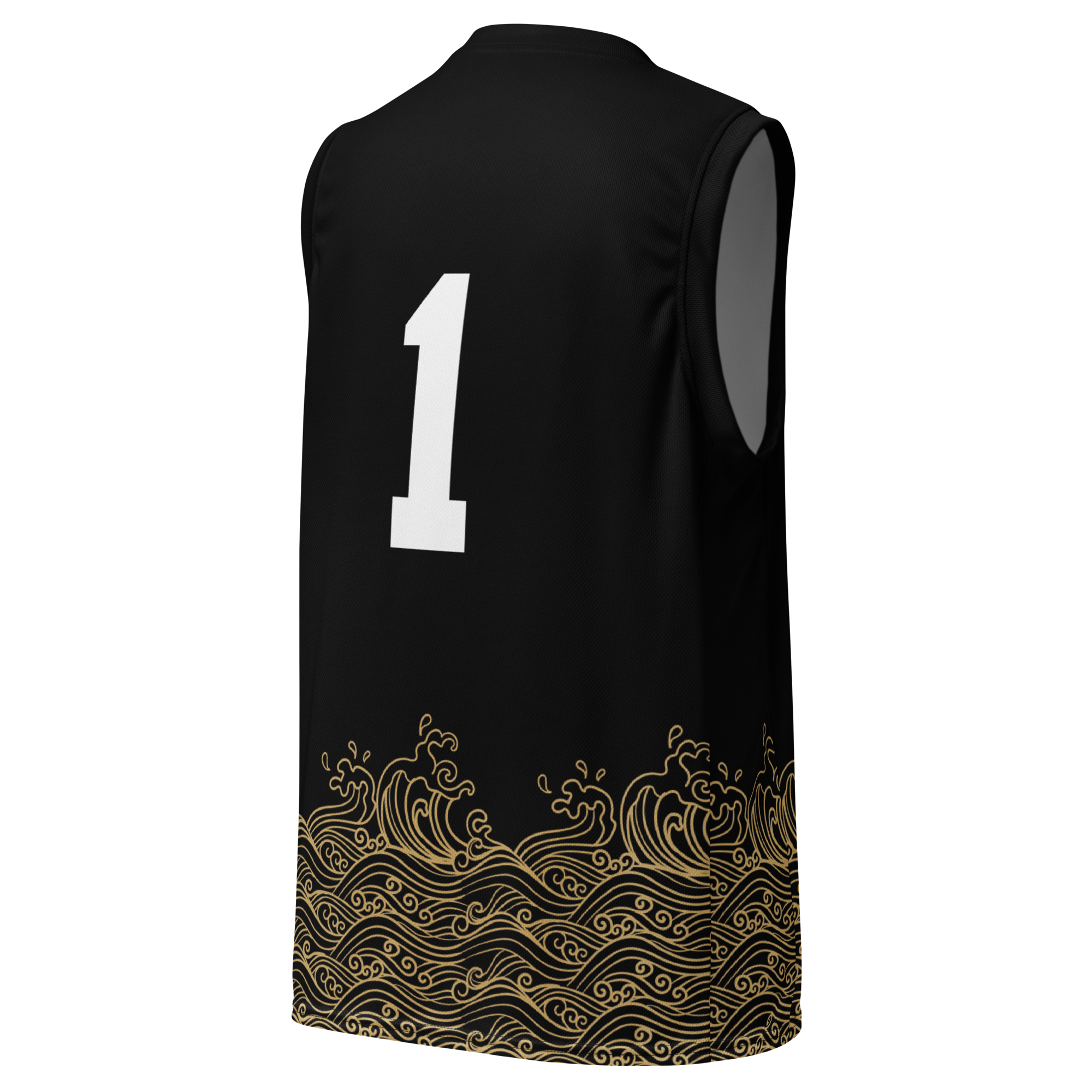


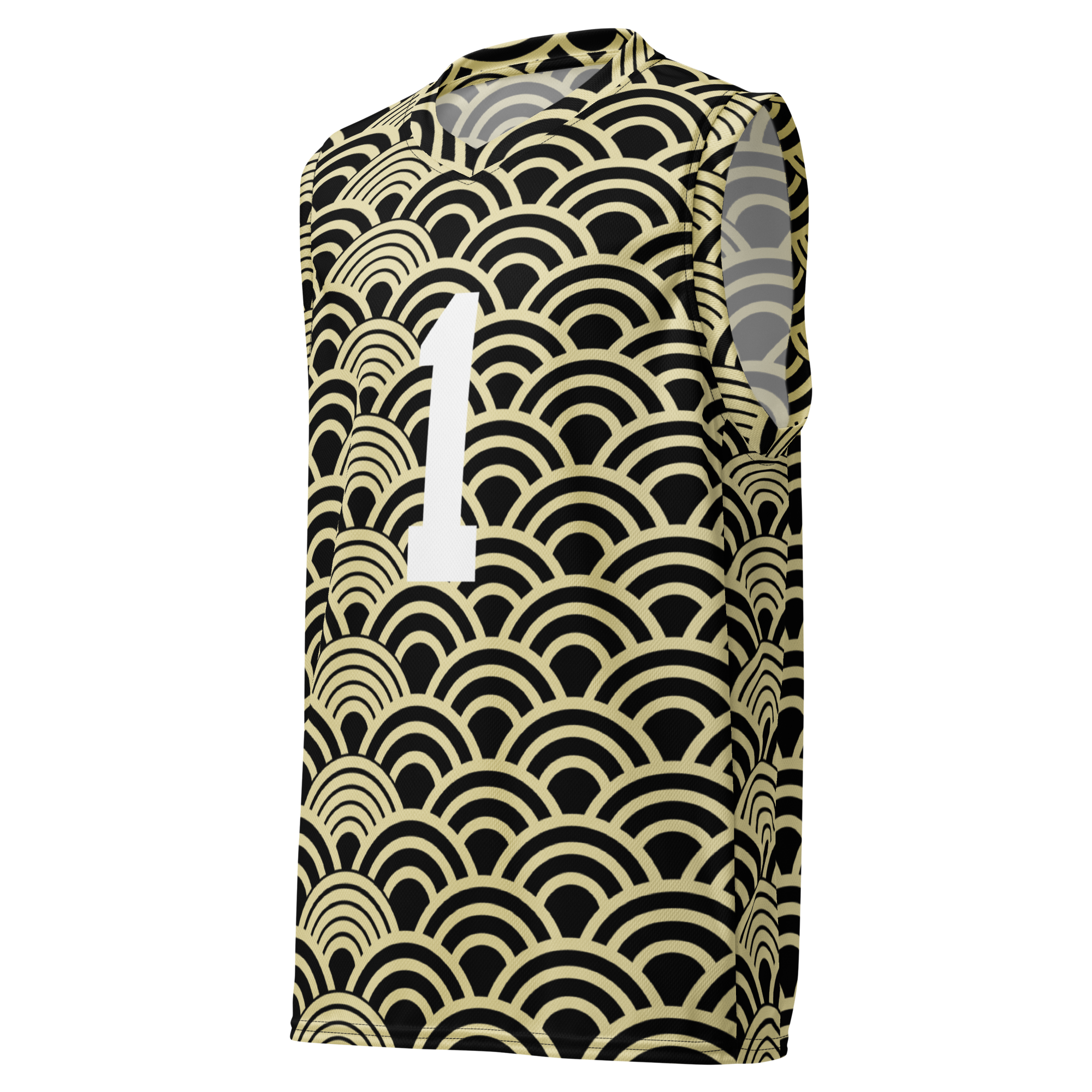
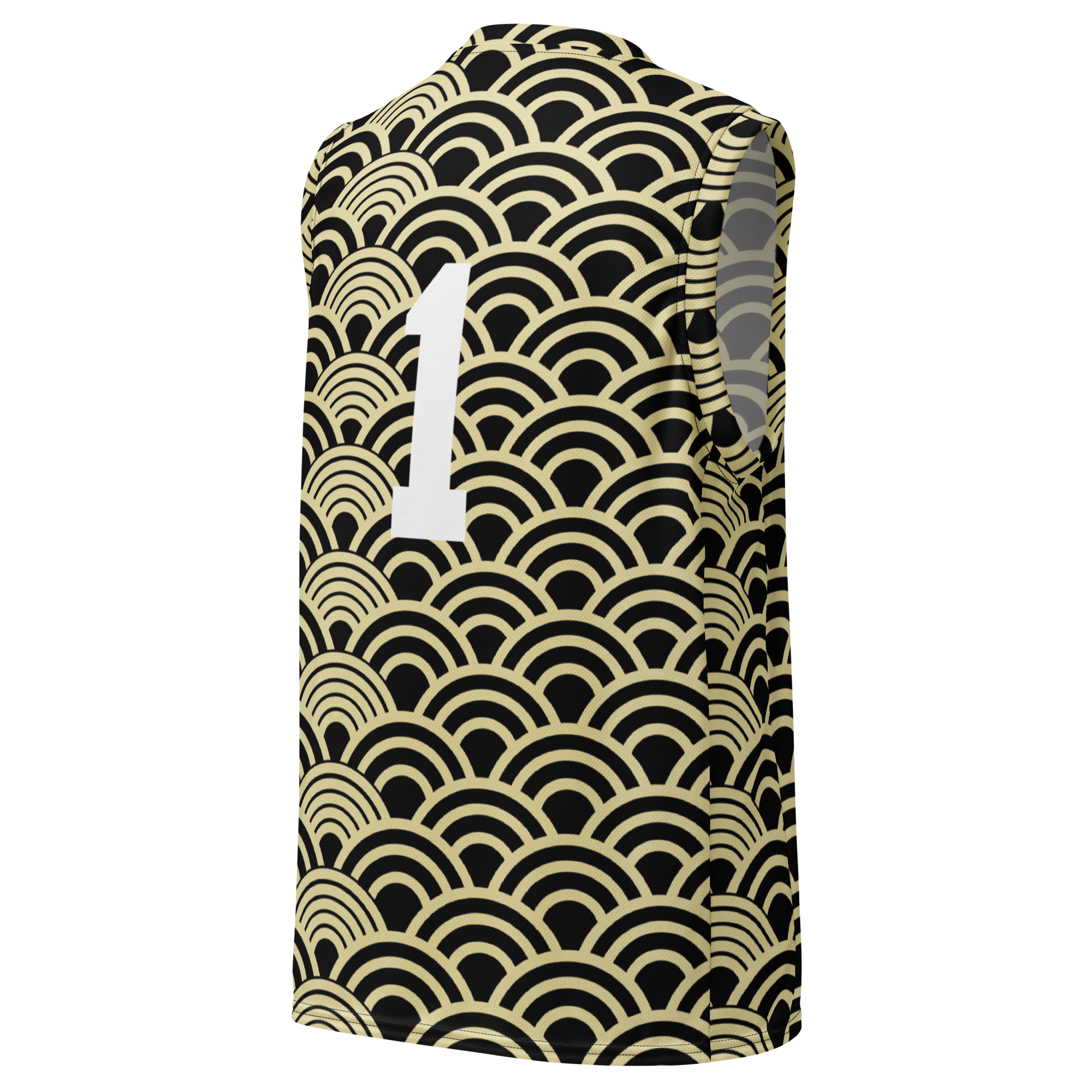
Leave a comment